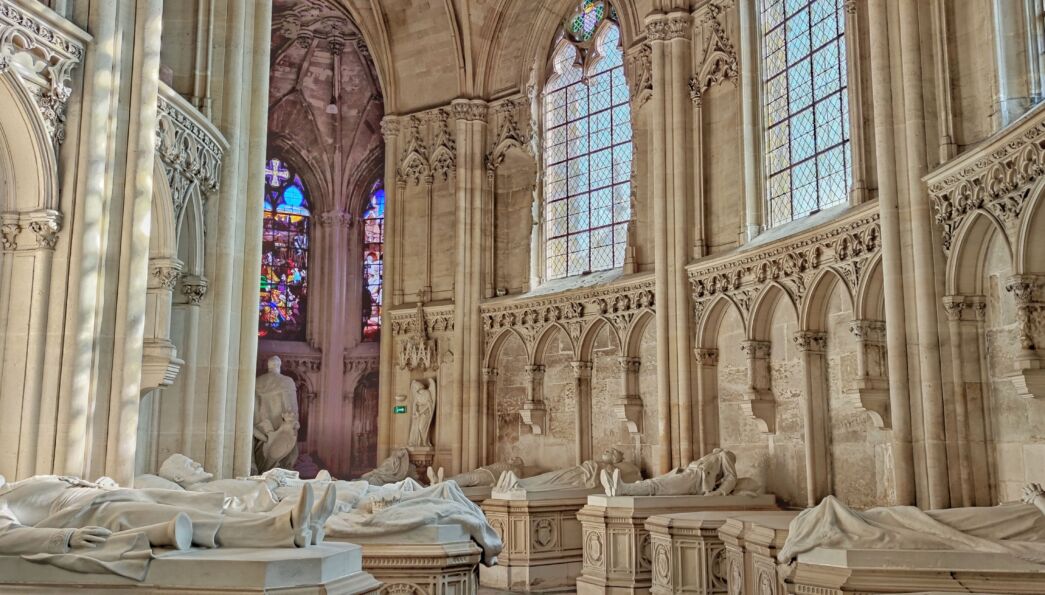The first traces of a structure on this site date back to a Roman fortress built on a former Gallic oppidum. Ideally situated on a strategic crossroads, protected by its raised position on a high hill, the location was perfect for a military structure.
Throughout the twists and turns of history, its defences were regularly strengthened: the keep, different rampart lines, watch towers… Thanks to its strategic location, the fortress was integrated into the royal domain several times, even if the sovereigns did not reside there. The counts of Dreux also benefited. The county was a rich and coveted area, and its vast forests generated a healthy revenue.
In the 18th century, the crown ceded the Château of Dreux to the Bourbon-Penthièvre family. During the Revolution, it was confiscated, sold, and partly demolished. That was the end of the Royal Domain of Dreux’s first life. What remains today is the Medieval keep and the first fortified enclosure, which encircles almost 6 hectares, split into two parks.
When the princes returned, during the Restoration, the monument was recuperated by its owner, Louise Marie Adelaïde of Bourbon, duchess of Orléans. Although the family hardly lived there, work was undertaken at the château to equip it with new elements of comfort. However, it was, above all, the 1816 construction of a large chapel that gave the Domain of Dreux a new lease of life.
It was here that the family chose to install their necropolis by creating, to a certain extent, a “St. Denis of the Orléans”. To afford it all the necessary prestige, the most sought-after artists of the era were commissioned, and the Sèvres workshops’ expertise was mobilised. The cost of this work was evidently significant, but this was about making an impression and matching the family’s high standing.
Discovering the mausoleum of Dreux’s emblematic owners’, King Louis-Philippe and Queen Maria Amelia, will be a key moment in your visit to the Royal Chapel of Dreux.
